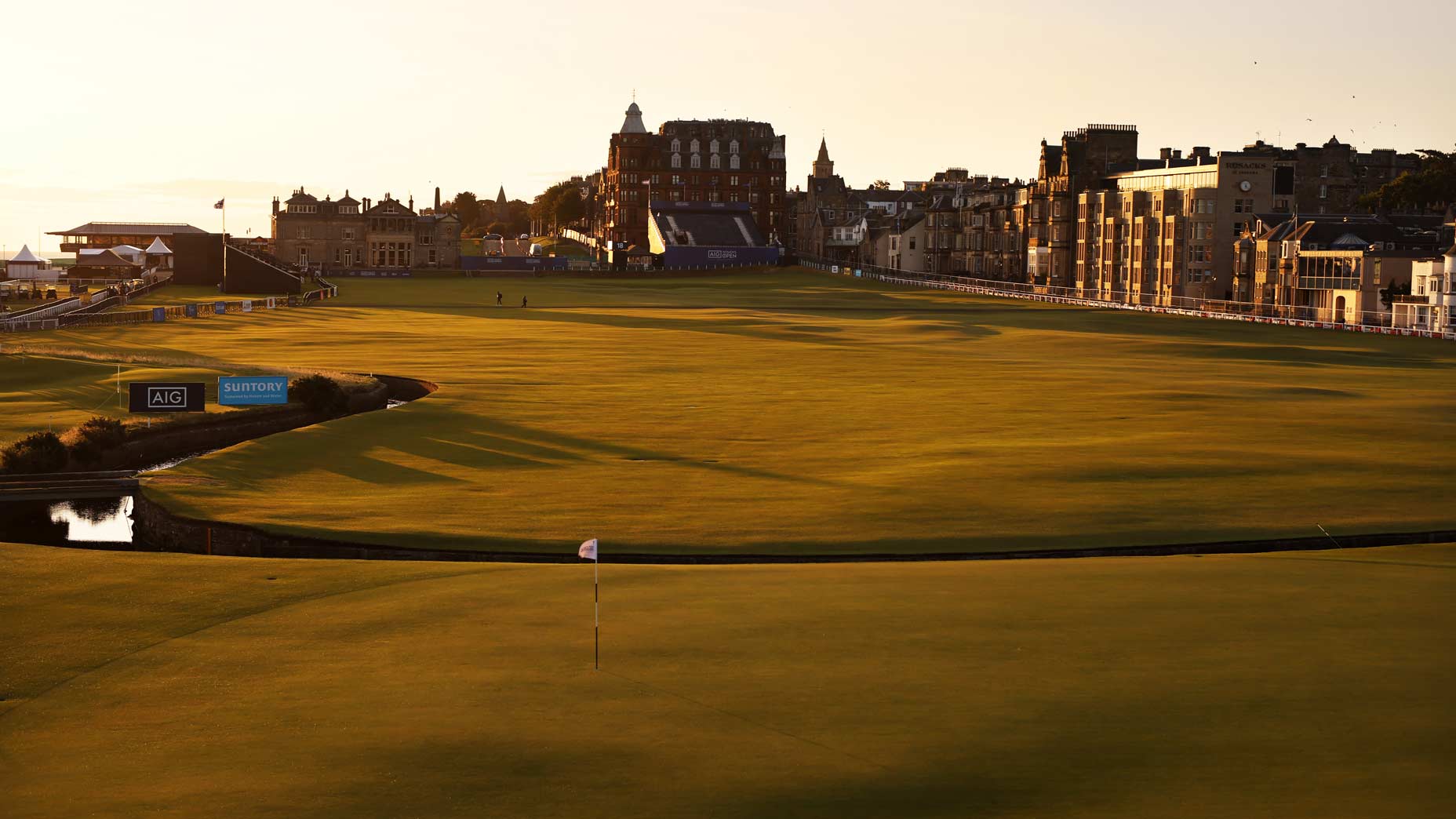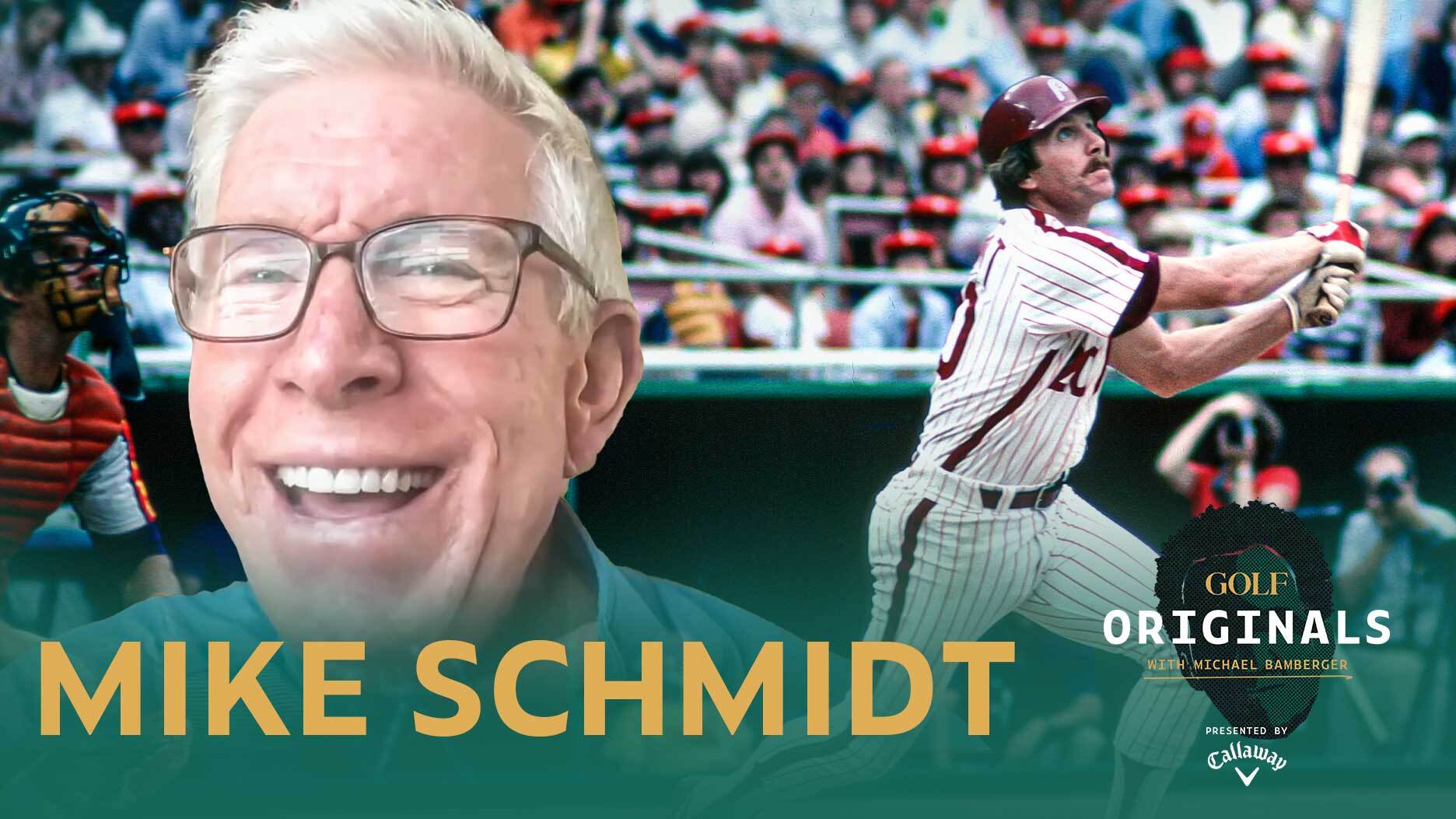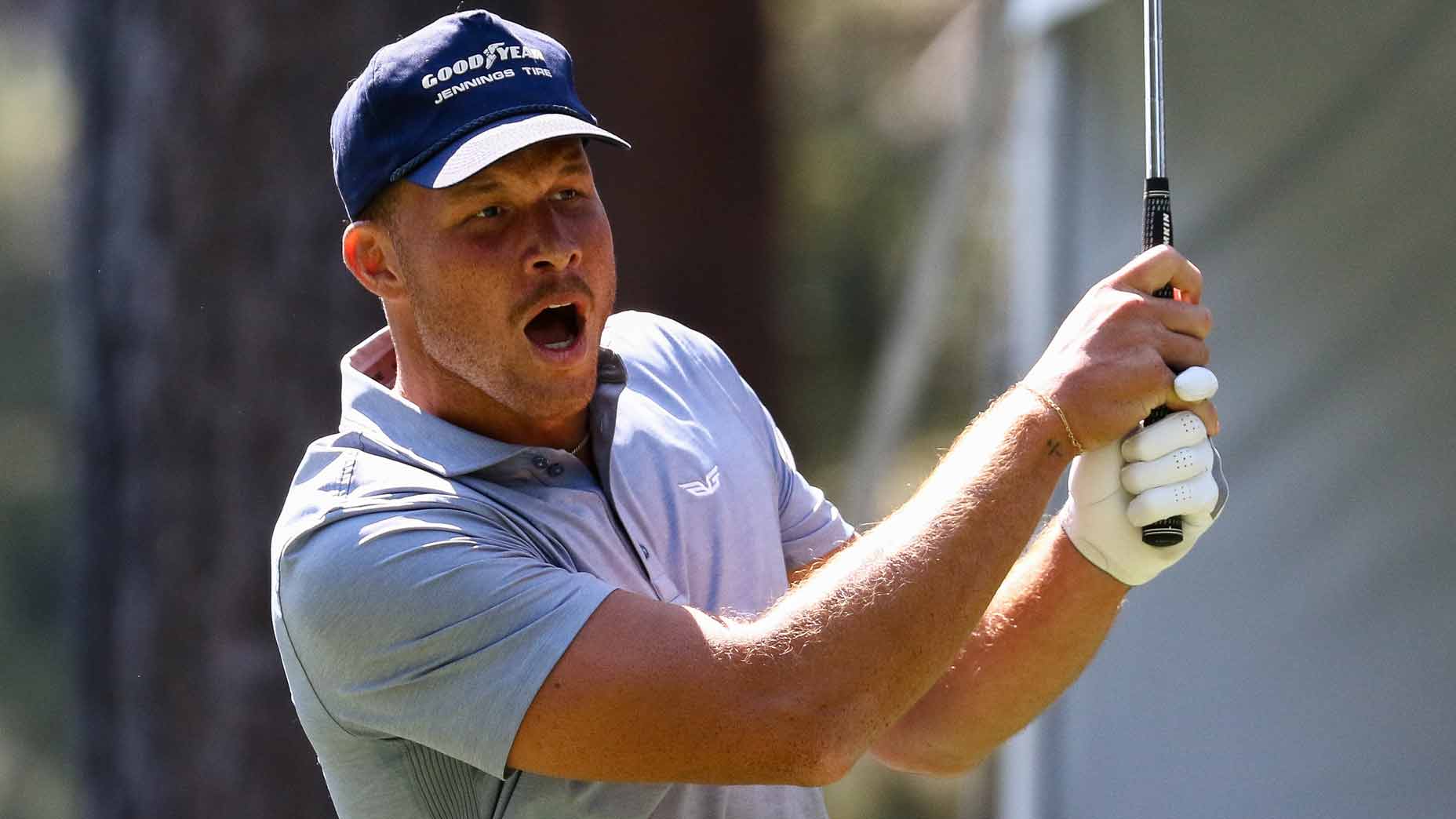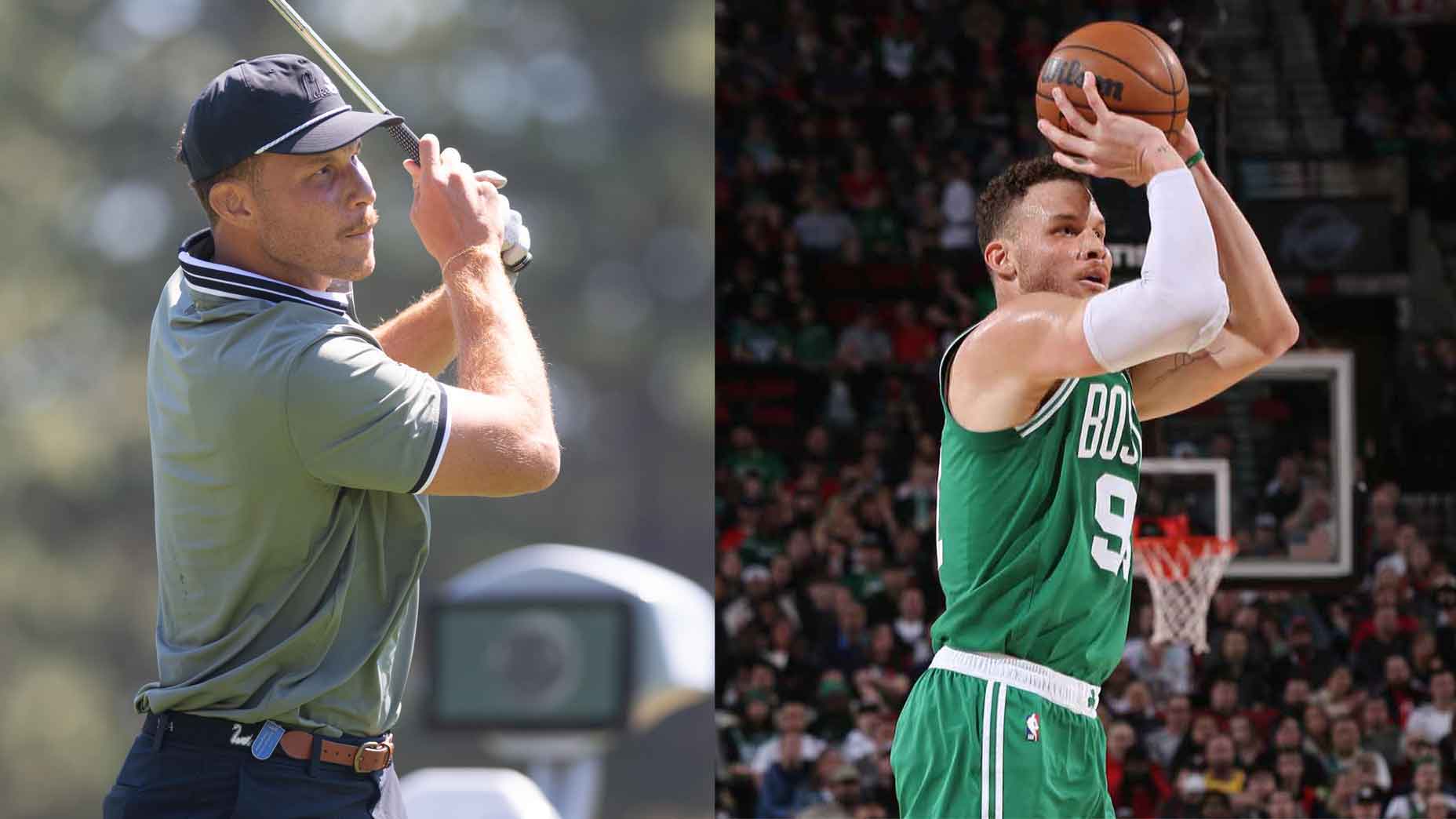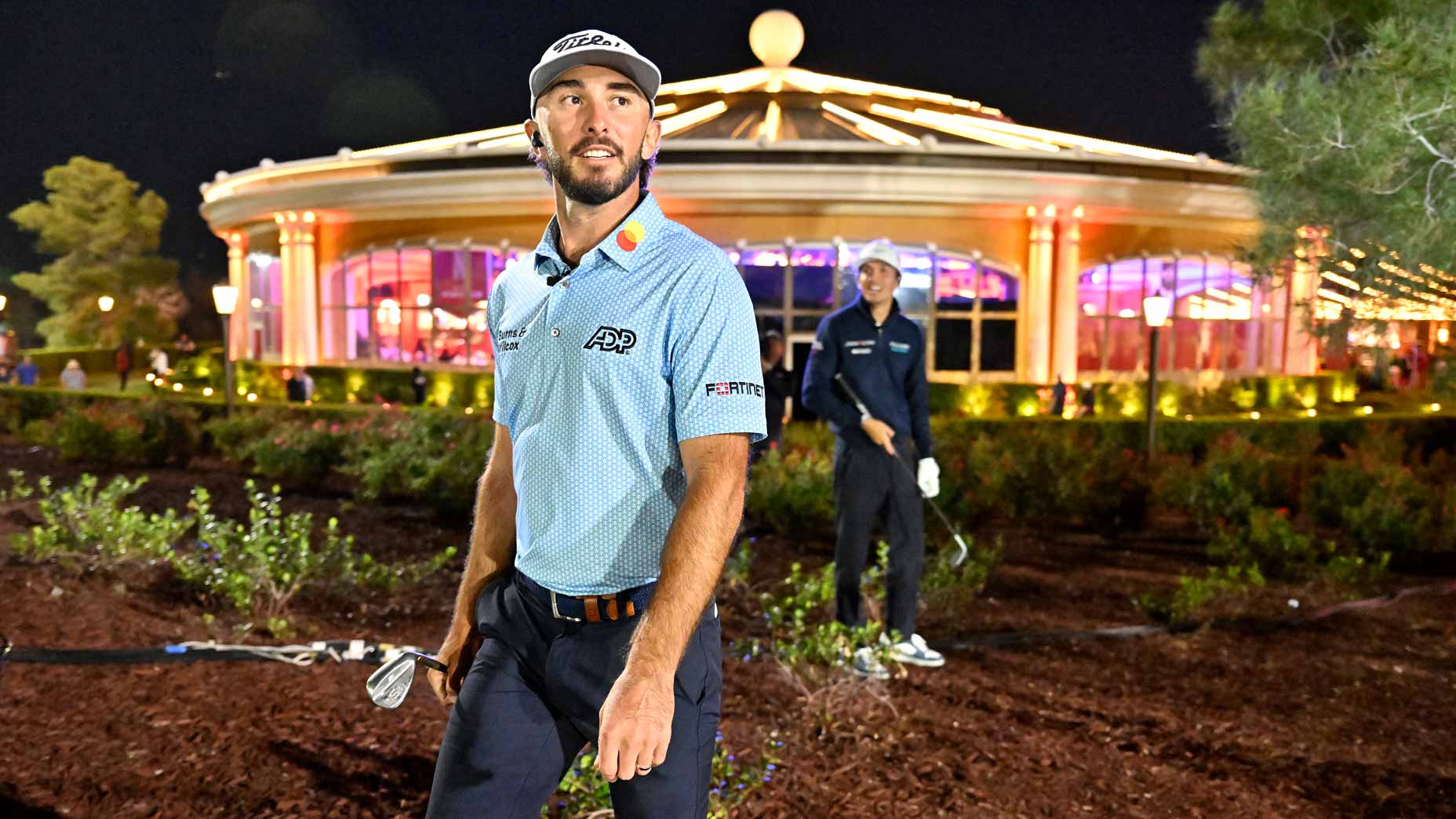GOLF.com conducts a weekly roundtable with its staff to break down the game’s hottest topics. Check in every Sunday evening for the unfiltered opinions of our writers and editors and join the conversation by tweeting us @golf_com.
1. PGA Tour commissioner Jay Monahan told USA Today last week that the Tour would welcome the legalization of sports gambling, a matter the Supreme Court is expected to rule on before its July recess. Monahan contends that regulated gambling would “better ensure the integrity” of tournaments. He also spoke about the potential commercial opportunities for the Tour if the ban were lifted and said he believes that gambling would help the Tour reach a broader audience. Is he right? Would legalized gambling be good for golf?
Jessica Marksbury, senior editor, GOLF (@Jess_Marksbury): I’m not a gambler, really, but my friends and colleagues seem to have a great time betting on golf when they cross the pond for the British Open. If there’s a downside, I’m unaware.
Alan Shipnuck, senior writer, GOLF (@AlanShipnuck): It’s definitely part of the fun of Open week. Golf offers so many possibilities — only one team wins a football game, but at the Open you can bet on every tee time, picking which player in the group will have the lowest round. And there are four days of competition pretty much every week of the year, so the possibilities really are endless.
Josh Sens, contributing writer, GOLF (@JoshSens): Glad to see the Tour embracing reality. Legalized gambling is coming. Might as well try to get ahead of it and spare us all any phony moral and ethical hand-wringing about it. Good for golf? It will definitely draw more viewers. And it will be very good financially for the Tour, which says it wants 1 percent of the handle and also stands to profit from selling its data, much as professional tennis has. No sport is above corruption (see the gambling scandals that have come with the growth of tennis betting). But it’s true that regulation makes it easier to sniff out the shady stuff. As it stands now, in states where sports gambling is legal, the limits on golf bets are relatively low, so not a huge incentive to draw big-time players. Also, most of the lines are on the big-name players, who have less obvious incentive to get involved in fixing anything. But what happens when you can start betting on developmental tours here, or smaller tours overseas? The potential for Chicago Black Sox stuff grows the further down you go into the money-making ranks.
Michael Bamberger, senior writer, GOLF: Legal gambling is the future. Illegal gambling has had a glorious past. The young fan wants more numbers, more action, less personality. They like what is measurable. They will be disappointed by golf as a betting vehicle.
Dylan Dethier, associate editor, GOLF (@dylan_dethier): Sens has and will continue to write thousands of words on this topic so I’ll double down on his take. One unfortunate byproduct (which you already see in fantasy football and daily fantasy contests) are some morons hate-tweeting the players that have let them down. Another is the possibility that a spectator emboldened by a few drinks who has, say, $50 on Rickie Fowler to win the Masters may be more likely to do something to mess with Patrick Reed. But in small doses to guide the casual fan’s rooting interest, there’s a lot of fun to be had here.
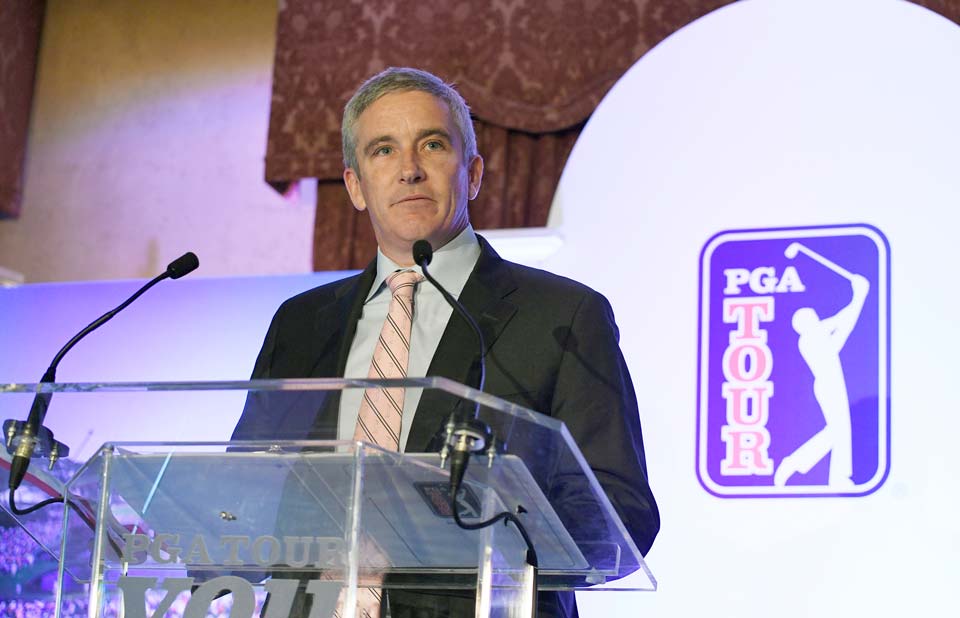 2. Speaking of betting, according to Vegas, the three early favorites for the U.S. Open at Shinnecock Hills are Dustin Johnson, Jordan Spieth and Rory McIlroy. Yes, we’re still two months out, but who’s your early pick?
2. Speaking of betting, according to Vegas, the three early favorites for the U.S. Open at Shinnecock Hills are Dustin Johnson, Jordan Spieth and Rory McIlroy. Yes, we’re still two months out, but who’s your early pick?
Marksbury: I can’t argue with those selections. But based on what we’ve seen of late, you have to throw Jon Rahm’s hat in the ring. And that stellar Sunday performance in Augusta puts Rickie on my short list too.
Shipnuck: Yeah, with his win today in Spain, Rahm has now won five times in the last 15 months. Pretty stellar start to a career. Straight chalk looks good, but don’t forget Phil — in ‘04 he played some of the best golf of his life at Shinny and should have won that thing.
Sens: Tommy Fleetwood is currently listed at 40 to 1. That’s good value, I think, especially given the linsky venue, just the kind of golf he cut his teeth on.
Bamberger: My early favorites: Alex Noren, Fleetwood, Fowler.
Dethier: Let’s not forget about World No. 2 Justin Thomas, who (I think) holds golf’s championship belt of Best Player Right Now. Tiger will join this list too, if he continues to show signs of form. No bad answers, but some recent bias from Augusta has me high on Rory and Rickie in particular.
 3. In the second round of the RBC Heritage, Kelly Kraft’s tee shot on the par-3 14th struck a bird, causing his ball to drop into a water hazard. Kraft double-bogeyed the hole and went on to miss the cut by one stroke. What’s the worst break you’ve seen a Tour player encounter?
3. In the second round of the RBC Heritage, Kelly Kraft’s tee shot on the par-3 14th struck a bird, causing his ball to drop into a water hazard. Kraft double-bogeyed the hole and went on to miss the cut by one stroke. What’s the worst break you’ve seen a Tour player encounter?
Marksbury: Since it’s still so fresh in my mind, Sergio’s debacle on No. 15 on Thursday at the Masters has to be high on the list. Four nicely struck wedges that land on the green and end up in the water? Brutal.
Sens: Tiger’s wedge off the flagstick and into the drink on the 15th at Augusta in ‘13. From birdie to disaster in an eye-blink, with an ensuing drop-scandal to boot. I don’t believe in golf gods, but that one had the feel of cosmic punishment.
Shipnuck: I was gonna say that that Tiger wedge, too. How about Stewart Cink at the ‘01 U.S. Open, rushing to get out of the way on the final green and missing an 18-incher that ultimately cost him a shot in the playoff?
Bamberger: For a bad break, check out the YouTube clip of journeyman Joe Daley at Q School, putting for his card to a hole that spat out his ball and chances.
Dethier: Wow, is Shipnuck letting Cink off the hook for that one as a bad break?! He must be getting soft. To me, this one’s a no-brainer: It’s Joe Daley at Q School, stroking a four-footer for double bogey to earn his Tour card by one shot when the impossible happens: the ball hits the lining at the back of the cup and pops out, sitting on the lip. As Bamberger mentioned, it doesn’t seem to exist anywhere except grainy YouTube clips now, but it is devastating.
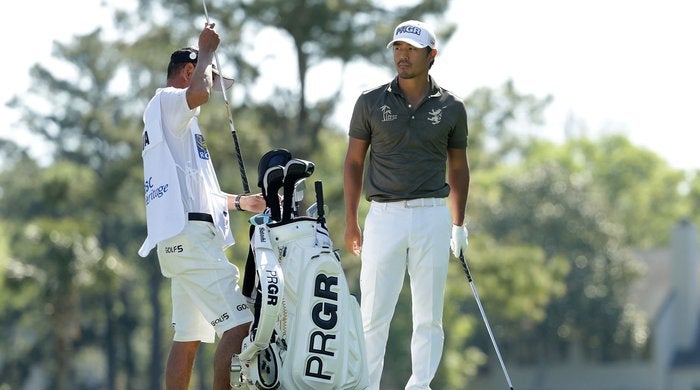 4. Satoshi Kodaira of Japan won the RBC Heritage at Harbour Town, where the average driving distance for the week was less than 280 yards. Harbour Town is one of our annual reminders that PGA Tour setups don’t need to be long to be challenging. In all the hand-wringing over the distance debate, do we underestimate the impact course setups can have on players mindlessly gripping and ripping?
4. Satoshi Kodaira of Japan won the RBC Heritage at Harbour Town, where the average driving distance for the week was less than 280 yards. Harbour Town is one of our annual reminders that PGA Tour setups don’t need to be long to be challenging. In all the hand-wringing over the distance debate, do we underestimate the impact course setups can have on players mindlessly gripping and ripping?
Marksbury: I think so. But I’m also reminded of Merion, which was described as “tricked up” to keep the scoring in check. If that’s what great courses need to do to stay relevant, I’m okay with it. These guys can handle it.
Sens: I don’t think we underestimate the impact of setups. It gets discussed plenty. What we certainly do is overvalue protecting par just for the sake of it. That alone has led to the mangling of some great courses, and to some silly course setups as well.
Shipnuck: I like Harbour Town, but if players can’t hit driver is it really that great of a test? Driving it long and straight is one of the game’s great skills and when you take the driver out of play it diminishes the competition.
Bamberger: Yes, when holes have shape and especially water hazards, you can set up a course that makes any shot longer than, say, 280, worthless. But length should be one of the demands put on a golfer, among many others.
Dethier: Courses can be hard for lots of reasons — your local track might be impossible to score on because it’s rock-hard or has freshly punched greens. Every part of this debate has us a bit stuck. Birdies are fun! So are 350 yard drives! But too many birdies, and too many 350 yard drives? That’s where we seem to get skittish.
5. The PGA Tour’s new tagline, Live Under Par, raised some eyebrows on social media last week; Lee Westwood, for one, tweeted that “being under par in the UK means you feel like a crap!!” If the Tour had come to you to dream up its new slogan, what would you have proposed?
Marksbury: What was wrong with “These Guys are Good”? Taglines are not my forte, but maybe something like…“Feel the Drive.”
Sens: Live under Par?! Wonder what the Tour paid the marketing whizzes who came up with that one. Hmmm. Let’s see. Go Low or Go Home. You Da Fan! Did We Mention, Tiger’s Back? But why should we brainstorm for the Tour? Monahan, call me. For a quarter of what you just spent, I’ll set aside five minutes and come up with 20 taglines that are better than the terrible one you’ve got. #fireyouradagency.
Bamberger: I don’t even know how to pronounce it. Josh nails it every which way to Sunday.
Dethier: It’s confusing, too. I see “PGA Tour” and “Live” together and I think early-round tournament streaming. Does the Tour need a tagline? Do other sports leagues have ‘em? I propose: no slogan.
Shipnuck: For what was supposed to be a cutting-edge, viral campaign, the entire launch felt like a bunch of old white guys trying too hard to be young and cool. Wait, that’s exactly what it was. The Tour’s slogan should be: Read GOLF.com For The Real Skinny.


